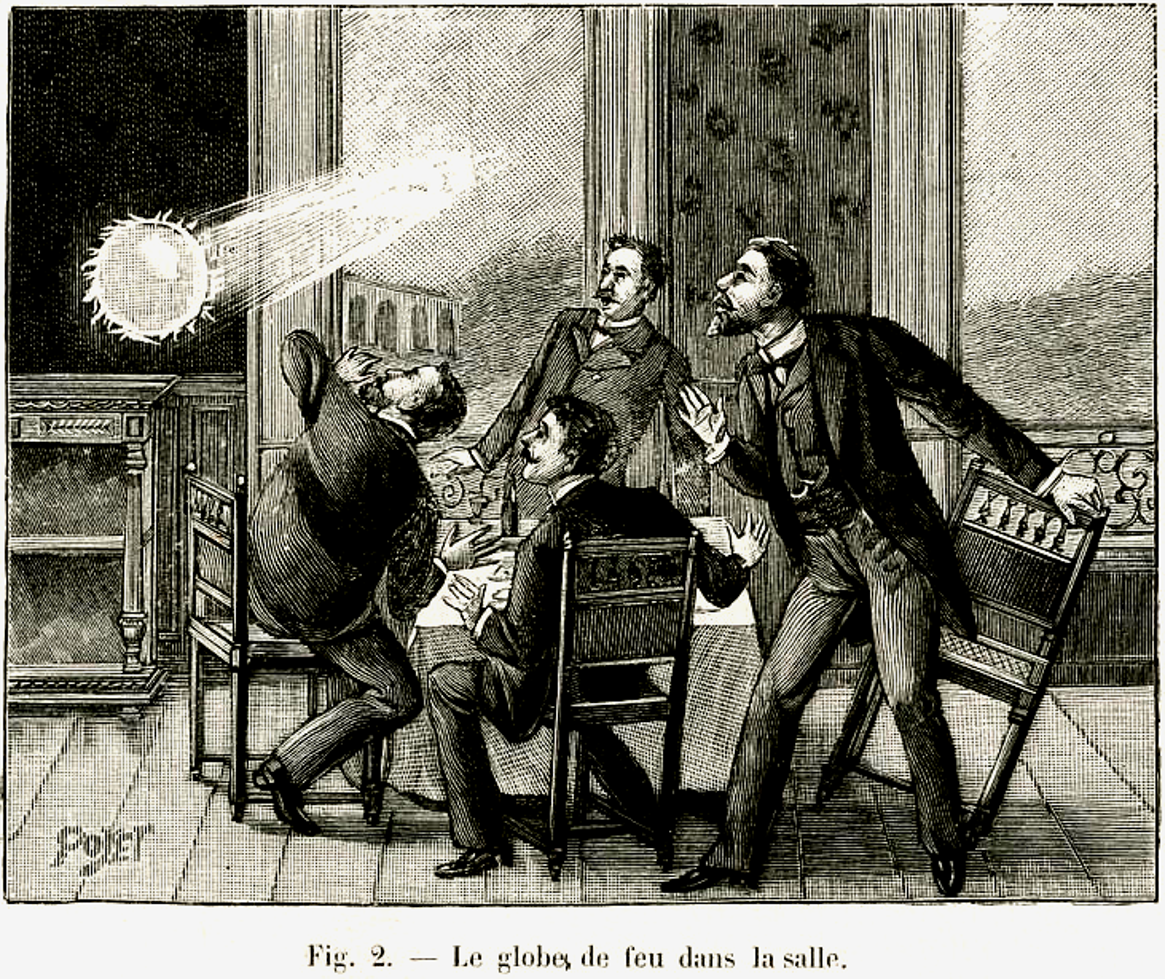Recently I began reading Richard Dawkins new book, The God Delusion. In it the author describes his reasons for not believing in supernatural beings. He points out that if one considers himself an atheist about the Greek gods or believes that “Mother Nature” is merely a fairy tale and not an actual creator, then why not take it one step further and rule out Abraham’s deity as well?
It’s an interesting and logical way of thinking. Pondering this, I decided last night to get out of my shell and do something rather uncharacteristic. I took Dawkins’ advice and kind of twisted it. I met with some nice folks who believe in a creed _not_ rooted in the God of Abraham.
We met at a coffee shop, it was explained to me, because meeting in public is a privilege that those with such radical beliefs were not always granted. Now that freedom of assembly is a protected right, they choose to take advantage of it.
The three women sitting across from me were real live witches; the older gentleman beside me, a druid. Though they followed different paths, they were all adherents, in one way or another, under the umbrella of belief known as paganism. Nothing about their appearance made them stand out; they didn’t wear pointy hats or carry brooms. One of the girls did say she was in the process of adopting a kitten and another admitted that she owned a cloak but that was where the stereotypes ended. Over the course of the evening, I learned what it meant to these people to be a pagan. Wikipedia’s introductory paragraph on Paganism provides an accurate summary:
Paganism is a term which, from a western perspective, has come to connote a broad set of spiritual or religious beliefs and practices of natural or polytheistic religions. The term can be defined broadly, to encompass many or most of the faith traditions outside the Abrahamic monotheistic group of Judaism, Christianity, and Islam. “Pagan” is the usual translation of the Islamic term mushrik, which refers to ‘one who worships something other than The God of Abraham’. Ethnologists avoid the term “paganism,” with its uncertain and varied meanings, in referring to traditional or historic faiths, preferring more precise categories such as shamanism, polytheism or animism. The term is also used to describe earth-based Native American religions and mythologies, though few Native Americans call themselves or their cultures “pagan”. Historically, the term “pagan” has usually had pejorative connotations among westerners, comparable to heathen, infidel and kaffir (‘unbeliever’) in Islam.
Most of the conversation turned out to be rather ordinary. They talked about their careers, their day at work, and just the usual friendly banter that you might expect from a group of twenty-something women.
However, early in the evening one of the ladies dramatically related an interesting phenomenon that she witnessed just last night.
She said that she was giving lessons to some teens on horseback riding when she observed a brilliant ball of white light a few hundred meters away. It slowly grew changing to a beautiful blue hue and then suddenly disappeared. At that same moment the power in her house and the stables all went out. She said that about three minutes later the power came back on and although there were a few other students and adults nearby, nobody but herself and two of the 14 year old teens had been around to witness the light.
She asked the druid if he knew what it might be, explaining that her friends at work thought she was nuts. At first he appeared just as baffled as she, but then in a humorous tone he pronounced, UFO’s. I think he was joking.
I asked her what she thought it might be. She replied that she had a hunch it was some kind of supernatural being trying to give her a message, however she wasn’t sure if that message was she was on the right path and should keep doing what she was doing, or if she needed to change her life to get her life back on track. We all agreed it was not very helpful with the possible interpretations being polar opposites.
Always the sceptic, I knew right away what it was she had seen: ball lightning.
The interesting thing about ball lightning is, it seems that nobody really knows what it is exactly, let alone what causes the phenomenon.
During World War II ball lightning was reported as “escorting” bombers, flying alongside their wingtips. Pilots of the time referred to the phenomenon as “foo fighters,” initially believing that the lights were from enemy planes. UFO enthusiasts have reported seeing the mysterious lights at crop circle sites and ball lightning has also been used to explain the eerie moving lights known as will o’ wisps.
They accepted my answer more readily than I would have expected. Very modern in their thinking despite what one may expect from pagans. It is clear that although they like believing, a scientific answer would trump the unexplained if one was available. I respect that.
We chatted for the rest of the evening, sometimes about déjà vu, sometimes about the history of paganism. I found the entire evening extremely interesting, but in the end, I have to say, I still feel closer to believing in the kind of belief that Einstein professed when he said, “if something is in me which can be called religious, then it is the unbounded admiration for the structure of the world so far as our science can reveal it.”
But remember science isn’t always right, and who’s to say for sure that the ball of light wasn’t actually a magical being sent from another dimension for some deep mysterious purpose? Despite my scepticism, believing would be much more fun.
